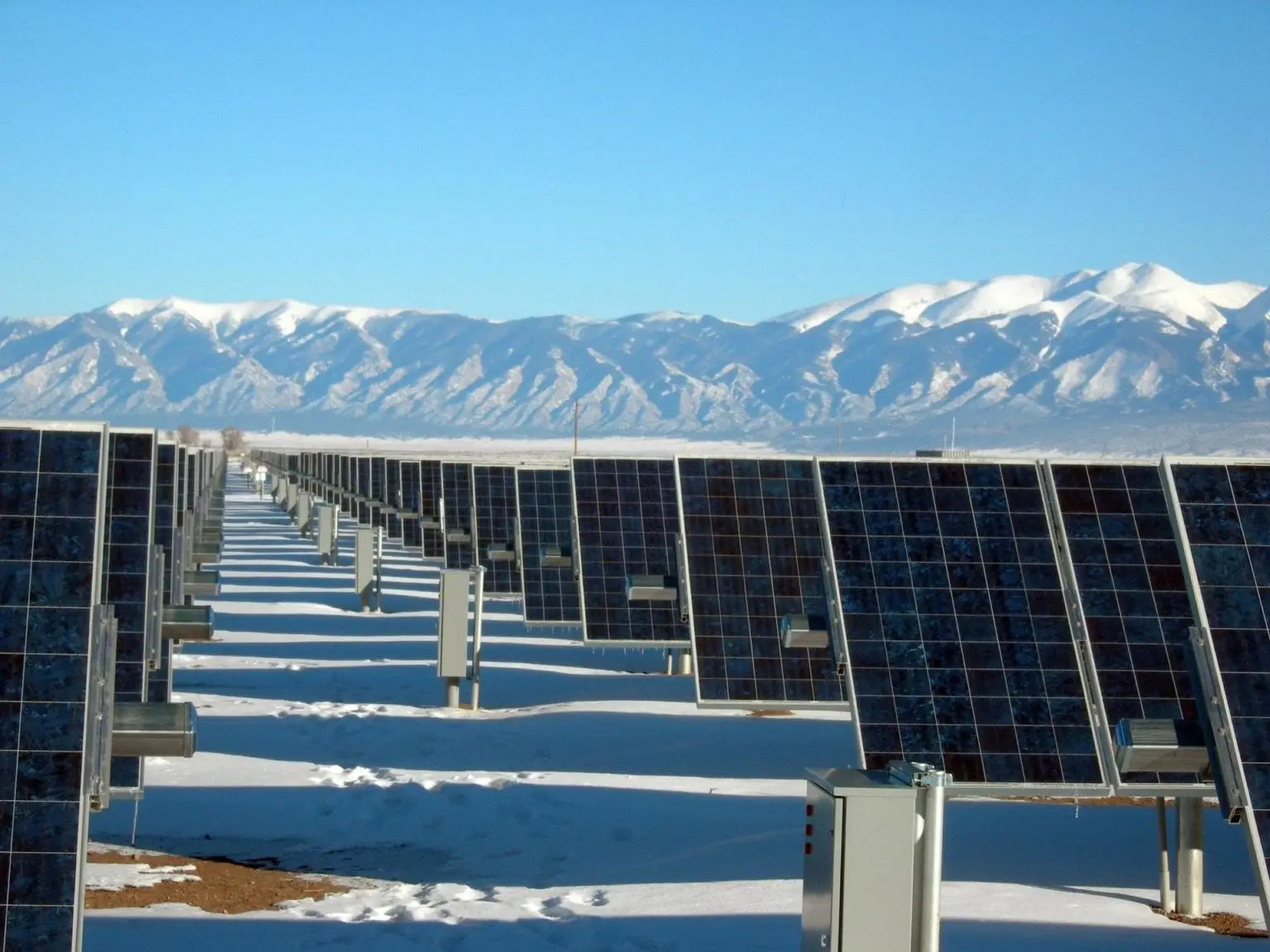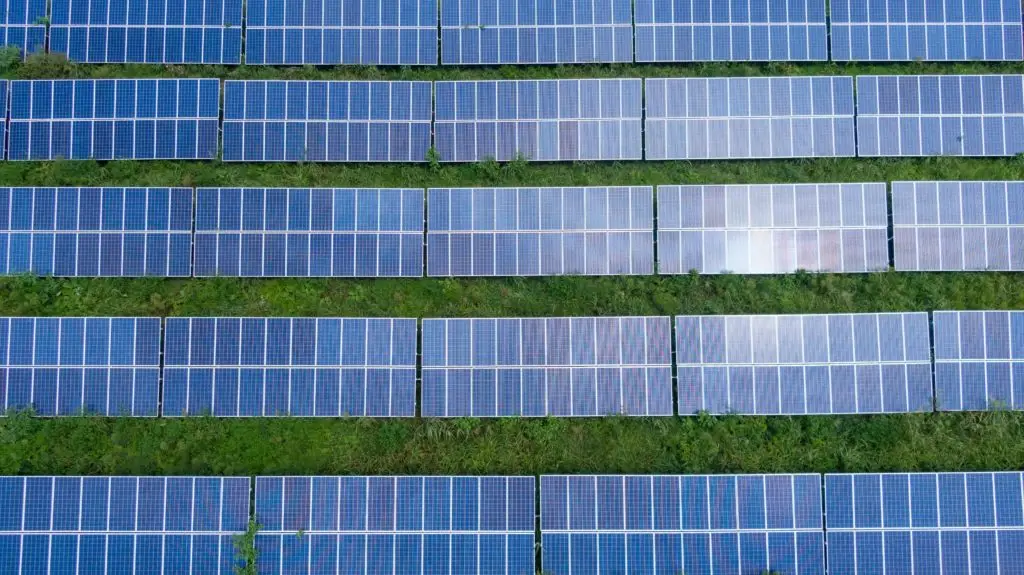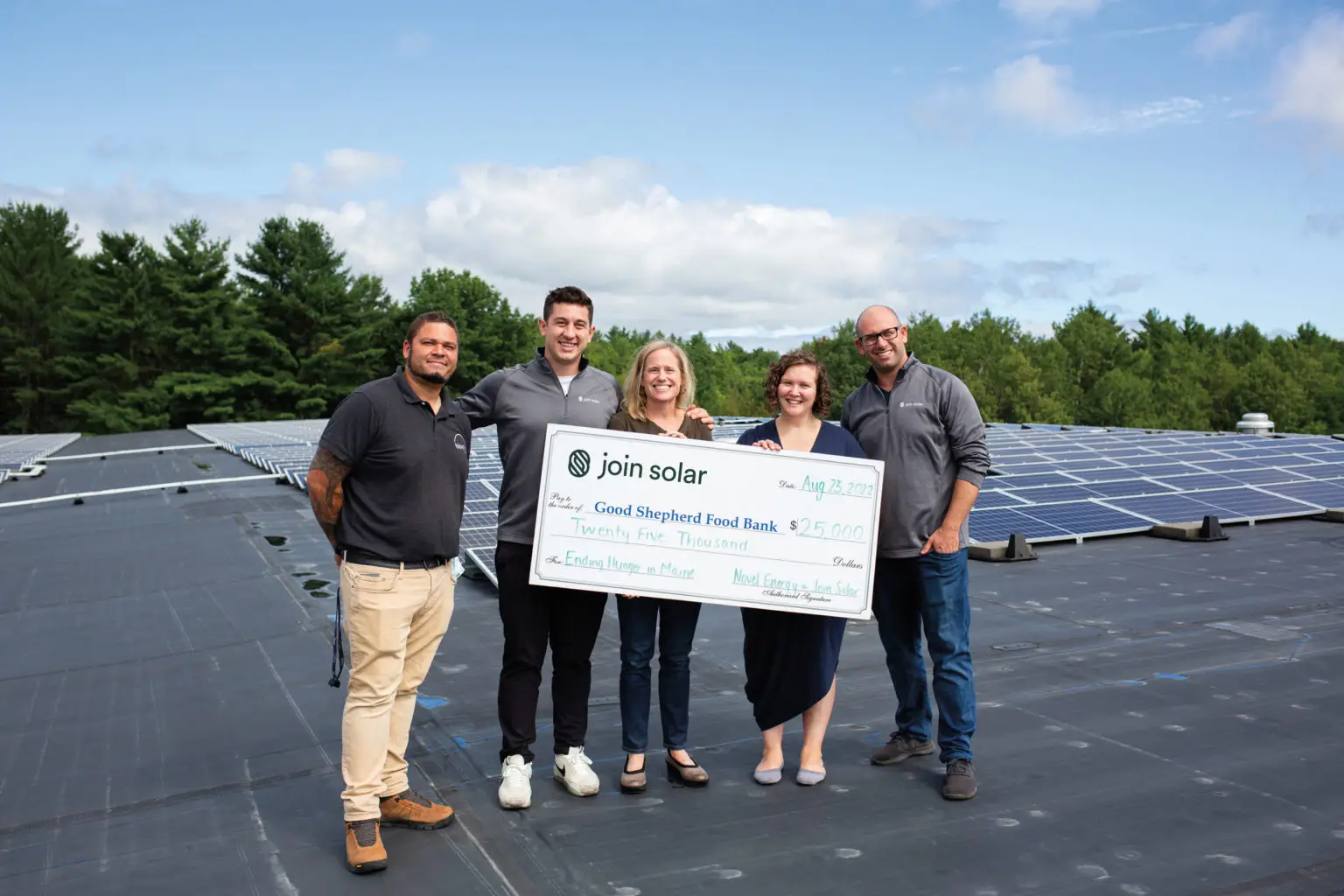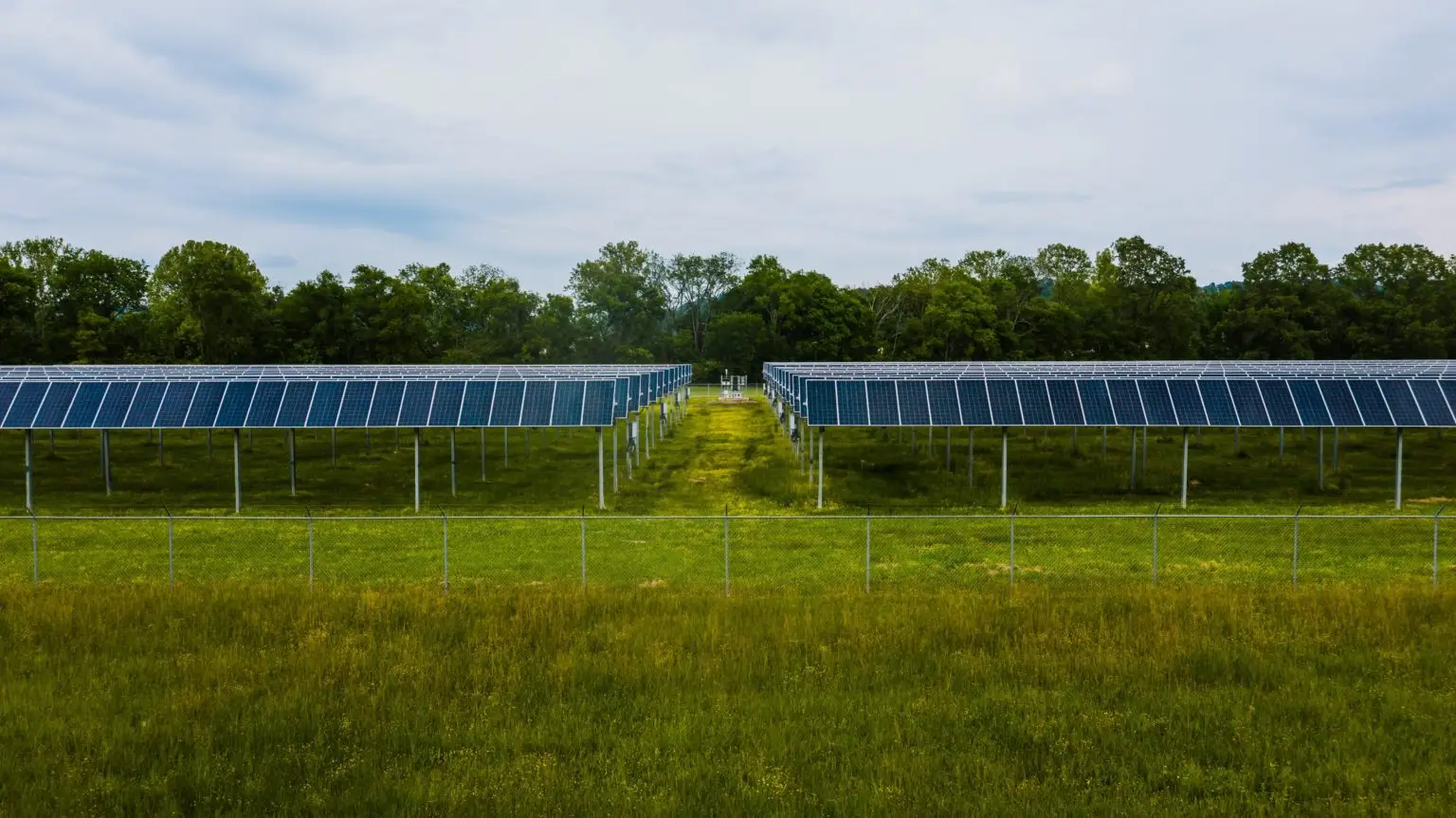How Do Community-Solar Projects Impact Communities?
When a farmer or landowner decides to lease their property to a community-solar developer, that private transaction sets up a long-term arrangement that benefits members of the community. Community-solar projects impact communities in a number of positive ways, including creating jobs, providing accessible clean energy, and lowering monthly energy bills.
Job Creation: Case Study
In one recent case study out of Pennsylvania, researchers found that 235 planned community-solar projects across the state would support over 11,000 jobs in various sectors across the state and create 520 full-time jobs. These community-solar developments are projected to generate more than $83 million annually. In Pennsylvania, which is a mix of rural and urban counties, these community-solar projects would benefit both.
Accessible Clean Energy
Seventy-five percent of US households do not have access to solar. Even for homeowners, who can have solar panels installed on their premises, the cost of solar panels and installation is an impediment. Community solar, which is shared by many households, does away with the cost of purchasing and installing solar panels at one’s residence. This dynamic also makes solar accessible to renters, who would otherwise have no means to obtain solar services in their homes.
One major federal initiative is Justice40, which in part seeks to make at least 40 percent of community-solar resources available to disadvantaged and underserved communities. Because disadvantaged communities are more susceptible to the risks and threats of global warming, community solar offers a key energy source for cooling homes in an environmentally friendly way.
However, much work still needs to be done to make community solar readily available to those who need it most. Some community-solar developers are working explicitly to make community solar available to low-income customers by doing away with income and credit checks. Some developers also offer short-term contracts to benefit renters.
Lowering Monthly Bills
Because community solar requires no purchase from the customer, the cost of entering the solar market is much lower than the cost of installing solar panels at one’s home. By the same token, subscribing to a community-solar project reduces the subscriber’s monthly energy bill by 10 to 15 percent. The way it works is a community-solar customer subscribes to a community-solar farm (or garden).
The subscriber continues to receive a bill from the conventional energy provider (electric company). The subscriber uses credits purchased at a lower rate to pay the conventional bill. The credit offset saves the subscriber money and uses less energy sourced from fossil fuels.
Communal Impact
The future of community solar looks bright. As more projects get developed nationally, more residents of various backgrounds will be able to benefit from the financial and environmental advantages that community solar offers. Community solar makes financial sense, and almost half the states have passed legislation making it easier to develop and access. In the long run, the more people who have access to community solar, the less pollution in our communities.






